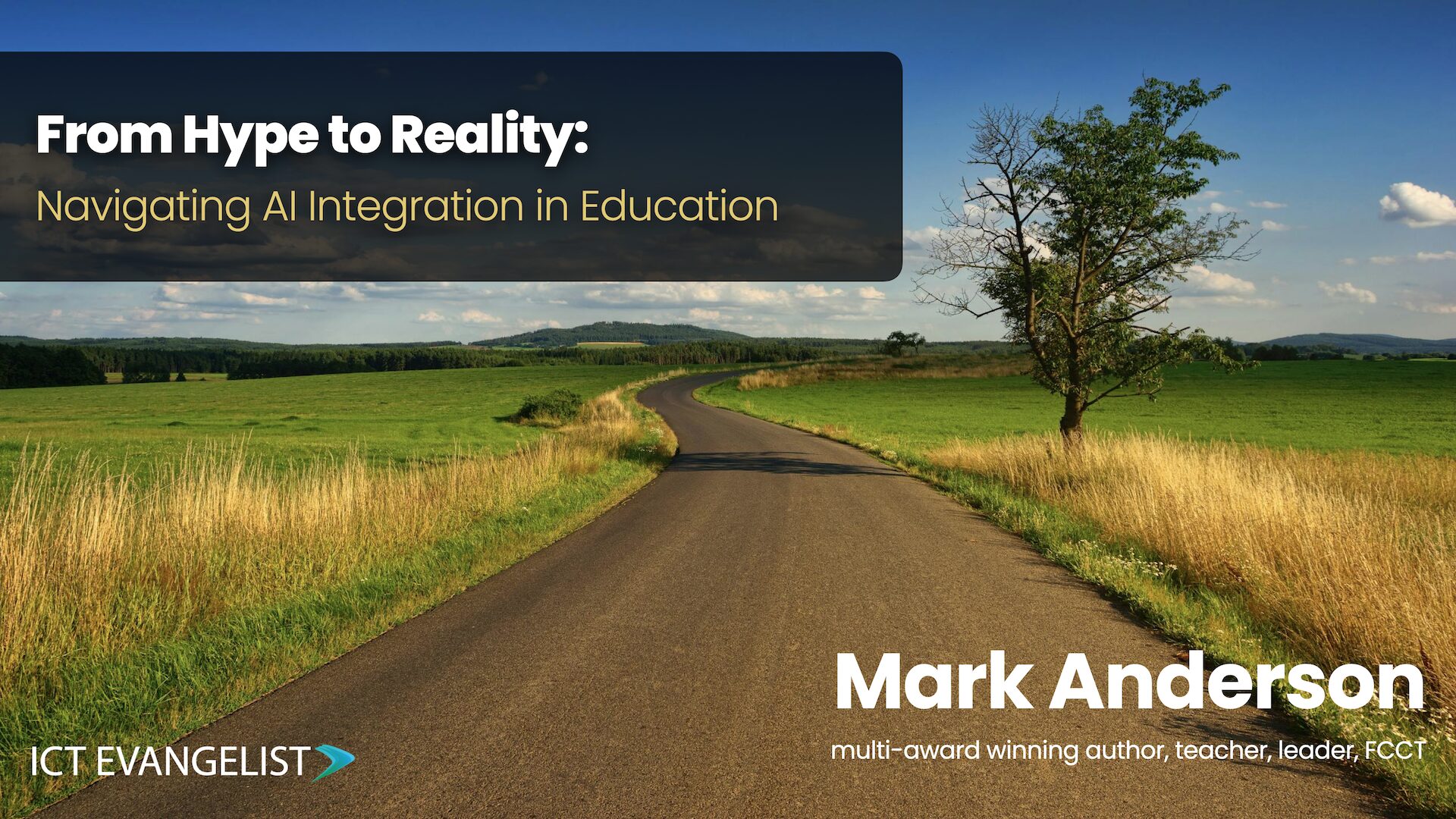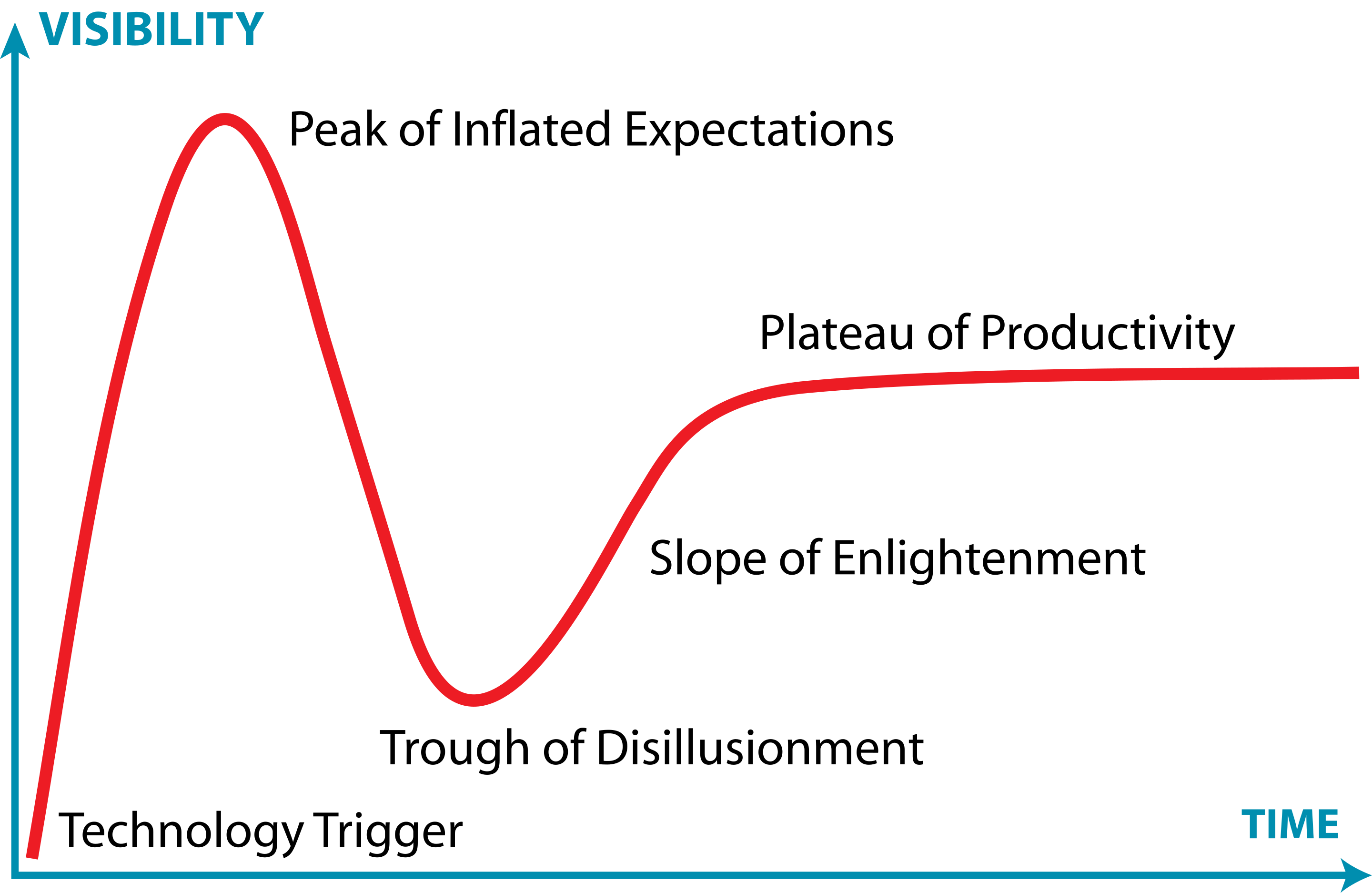
AI integration in education isn’t easy. There’s no getting away from Artificial Intelligence (AI). It’s on our TVs and news cycles, it’s sending us phishing emails, targeting ads, it’s even driving some cars, let alone helping us choose our Netflix viewing. The truth is AI is making waves across multiple sectors and education is no exception.
The problem is, as we saw during the pandemic, some schools are quick to adopt technology, while others… not so much. Those already conversant with technology made the jump relatively smoothly during lockdowns. Those that didn’t… well… we all know what happened.
When it comes to AI, it isn’t just about keeping up with technological advancements; it’s about ensuring that all students and staff benefit from the significant improvements AI can bring.
We suggest that action is needed now, and not just because it’s likely that, like in the forthcoming EU AI Act, there will be mandates requiring AI literacy among educators: “Article 4 of the AI Act explicitly mandates that providers and deployers of AI systems take appropriate measures to ensure a sufficient level of AI literacy among their personnel and other relevant individuals.” It’s wise to act before being compelled to.
Why would you want to do that? Well… knowledge is power so of course, knowing what we do, we know that the Matthew effect comes into play, we also know the importance of supporting both novice and expert teachers, and how early adoption coupled with professional development can help schools gain a successful advantage both for their teachers and their students.
The Matthew Effect in Education
The Matthew effect is rooted in the biblical passage “For unto every one that hath shall be given, and he shall have abundance: but from him that hath not shall be taken away even that which he hath” (Matthew 25:29, King James Version), describes how initial advantages can lead to further gains over time, while those without such advantages fall further behind, the idea being the adage, that “The rich get rich whilst the poor get poorer”. This principle is particularly relevant in education. Schools with more resources and access to technology tend to improve continuously, while those without these advantages struggle to catch up.
Walberg and Tsai (1983) explain this well, noting that “early educative experience predicts current educative activities and motivation; and all three factors contribute significantly and independently to the prediction of achievement” (p. 359).
In the context of AI adoption, schools that invest early in AI technology and teacher training are likely to see substantial benefits, further widening the gap between them and less proactive schools.
The Gartner Hype Cycle and AI Adoption
The Gartner Hype Cycle is a helpful tool for understanding the stages of AI adoption

- Innovation Trigger: AI technologies begin to emerge, generating interest.
- Peak of Inflated Expectations: Enthusiasm and hype surrounding AI’s potential.
- Trough of Disillusionment: Realistic challenges and limitations become apparent, leading to disillusionment.
- Slope of Enlightenment: Gradual improvements and a clearer understanding of AI’s role in education emerge.
- Plateau of Productivity: AI becomes mainstream, delivering proven benefits.
Schools that delay AI adoption risk spending more time in the ‘Trough of Disillusionment’. In contrast, early adopters can move more quickly towards the ‘Slope of Enlightenment’ and ‘Plateau of Productivity’, providing consistent benefits to students and staff.
The Role of Novice vs. Expert Teachers
A paper from Hamilton, Wiliam, and Hattie (2023) underscores the importance of teacher expertise in effectively leveraging AI in education. They argue that “experts may – initially at least – see their capabilities considerably amplified, but novices could become forever stunted” (p. 17).
Expert teachers, with their deep knowledge and experience, can integrate AI tools more effectively into their teaching, enhancing their practices. Novice teachers, however, may struggle without adequate support and training, potentially exacerbating educational inequalities.
To mitigate this risk, it’s crucial to invest in comprehensive professional development for all teachers. Ensuring that novice teachers receive the support they need, not just to harness AI’s potential but around their everyday practice to help level the playing field and promote more equitable outcomes.
Bridging the Gap with Professional Development
Addressing the Matthew effect and avoiding the pitfalls of the Trough of Disillusionment requires strategic investment in professional development.
As a leading provider of pragmatic, grounded and practical support in schools alongside my digital strategy and other consultancy work with almost 30 years of experience in education, I am delighted to be collaborating with InnerDrive, to offer an INSET day course for schools.
InnerDrive, known for their ability to illuminate and illustrate cognitive science research so that it can be used in the classroom are a brilliant team to be working with. Together we have designed a superb day of INSET to shed light on the latest cognitive science research and AI applications in education.
Our training focuses on:
Building AI Literacy: Understanding the basics of AI and its impact on education.
Cognitive Science: How the latest thinking applies to AI and how you can leverage this to your and your students’ benefit.
Practical Integration: Strategies for incorporating AI tools into everyday teaching.
Overcoming Challenges: Addressing common barriers to AI adoption and practical solutions.
Continuous Improvement: Fostering a culture of ongoing learning and adaptation.
Our aim? To equip teachers with the knowledge and skills to use AI with competence, confidence and cognisance of where it can be effective, to help schools can ensure they are not only keeping pace with technological advancements but also providing the best possible opportunities for their students.
It sounds corny (and almost written by AI!) but integrating AI into education is no longer a futuristic idea; it’s a reality that demands immediate action.
Schools that embrace AI now will be better positioned to enhance learning experiences, support their staff, and ensure their students do not fall behind. By addressing the Matthew effect, leveraging the Gartner Hype Cycle, and investing in professional development, schools can navigate the challenges of AI adoption sooner rather than later and help counter inequality.
For more information on our INSET day course and how we can help your school ride the AI wave, please visit here, drop me a line via my contact page or send me a direct message on X or LinkedIn.
Together, we can ensure that all schools have the tools and support they need to succeed in the AI-driven educational landscape.
References
Hamilton, A., Wiliam, D., & Hattie, J. (2023). The Future of AI in Education: 13 things we can do to minimize the damage. Cognition Learning Group.
Walberg, H. J., & Tsai, S. L. (1983). Matthew Effects in Education. American Educational Research Journal, 20(3), 359-373.
World Economic Forum (WEF). (2024). Shaping the Future of Learning: Digital and Technological Transformation in Education.
Gartner hype cycle. (2024, July 26). In Wikipedia. https://en.wikipedia.org/wiki/Gartner_hype_cycle
Hype cycle image by Jeremykemp at English Wikipedia, CC BY-SA 3.0, https://commons.wikimedia.org/w/index.php?curid=10547051













